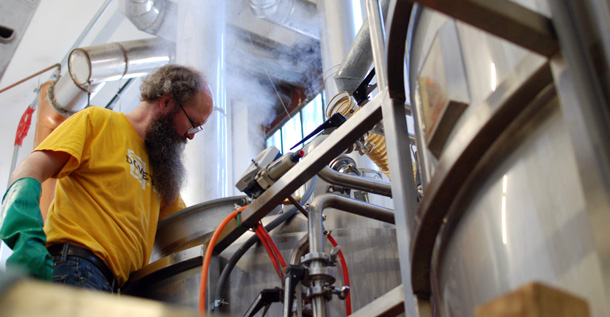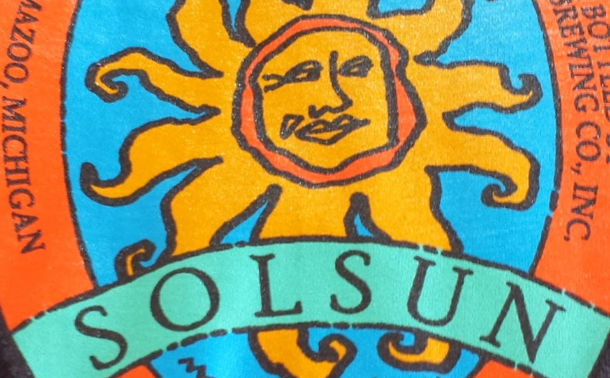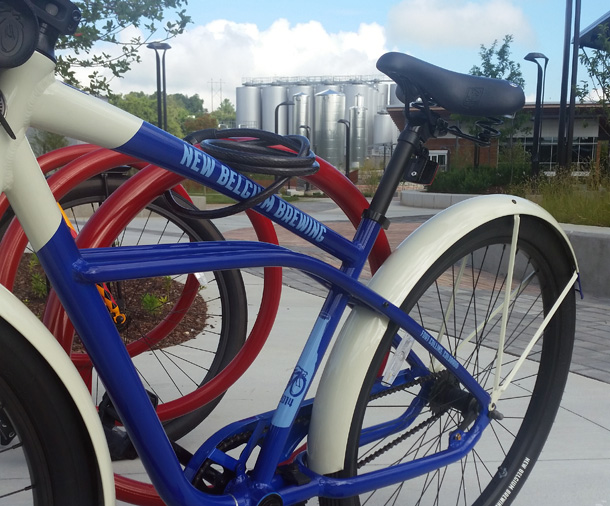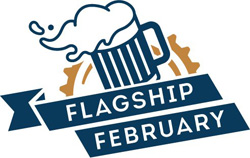I am flattered that Alan McLeod misses the Monday links and musing sometimes posted here, but I’m not inclined to resume weekly posts until I am certain they will be weekly. That might be December. But a few things I’ve read recently have me asking myself questions, and because here they are on a Monday it makes sense to include a few links.
Do breweries/wineries secretly value paying for writers to visit?
Alice Feiring began an interesting Twitter thread when she wrote, “I am troubled by the barrage social media of colleagues on cushy press trips.” Yep, we’ve seen that discussion within the context of beer writing many times on Twitter. But what struck me was this in the midst of the discussion. Sumita Sarma wrote, “Unless a press trip is paid for may by wineries or PR, you are never taken seriously as a writer.” Huh? Could this be true? Fortunately, in my experience it is not. But maybe I’ve been doing something wrong.
Is the IPA you just rated 4.5 really better than Blind Pig?
So why might ratings on everything from wine to products on Amazon products improve over time? According to Harvard Business Review: “The findings suggest that biased evaluations are the result of a misattribution process: If something feels easier to evaluate, people believe that it must actually be better. In other words, they misattribute their own feelings about evaluation (it feels easier to make an evaluation) onto their assessment of the actual merits (this thing must deserve a higher rating).” Just something to think about when flipping through your personal Untappd ratings or when to comparing them to others.
Read more




